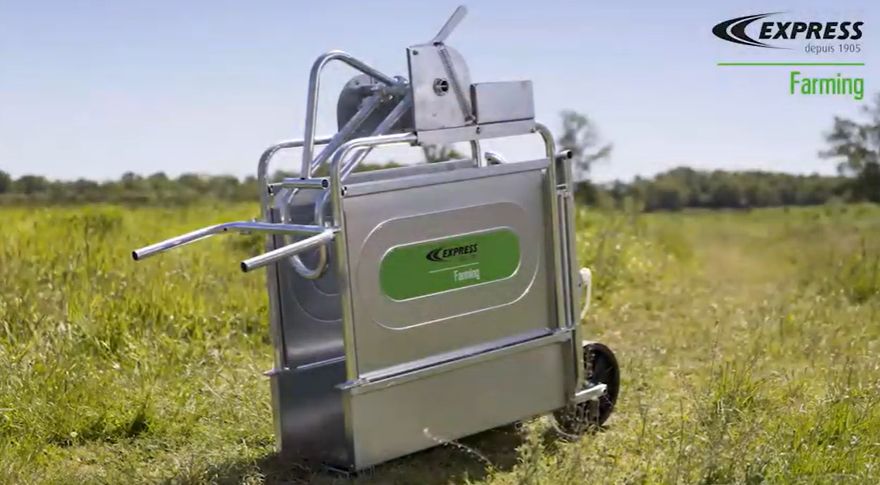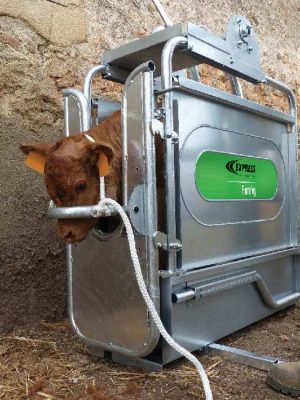
The restraint cage is the breeder’s ally. It is used for multiple interventions on livestock, allowing to protect both man and animal.
What is the purpose of the cattle restraint cage?
A cattle restraint cage is a device that allows you to isolate an animal for veterinary care, trimming, weighing, etc. A calf restraint cage is also a valuable tool for dehorning, a delicate operation that requires the total immobility of the young bovine.
What does the restraint cage look like?
The cattle crate can be fixed or mobile, making it versatile for working on the farm or in the meadows. Ideally, it is placed at the end of a restraint corridor. The animal is pushed into this corridor, which naturally leads it to enter the cage as quietly as possible.
The structure of the cage is an openwork frame. It is important that the bovine does not feel trapped in an enclosure that would isolate it from the outside world. He needs to see and hear his peers in order to be reassured. This is especially important for calves that go through a dehorning crate, when they are not used to being isolated from the herd and handled.
Advantages of the cattle restraint cage
Cattle are gregarious animals that do not always appreciate being taken aside for veterinary care or trimming. Handling is stressful, which can lead to panic reactions. If this happens, the animal may injure itself and endanger the breeder.
With the restraint cage, the animal is gently isolated, then held firmly, but with respect for its well-being. This keeps him calm and allows him to be cared for more easily.
The accessories of the restraint cage
The design of restraint cages has been perfected over time to provide more comfort and safety.
- The cage doors are now manual or automatic and offer central clamping. They replaced the sash door which presented a danger of strangulation in case of fall of the animal.
- The installation of a holding basket in front of the gates facilitates the entry of the cattle, while the farmer will close the gates around their neck.
- The calf cage is equipped with movable walls to adapt the size of the animal. This avoids the temptation for the calf to turn around in the cage when it is too wide for it.
- The walls can also be solid to discourage the cattle from trying to escape through the sides or from turning around. These walls can be removed to access the sides for certain treatments.
- A headlift is now offered, which avoids the less efficient halter attachment. The head is immobilized in a U or V shaped structure. This facilitates dehorning, as well as veterinary care, such as blood tests and intravenous injections that require the animal to be immobilized.
- The addition of a chain or bar at the rear, at the level of the hock, prevents kicking. A gate at the rear also prevents attempts to back out. The device is modular in order to be able to carry out inseminations.
- The holding cage has a rubber floor to prevent slipping. It is all the more reassuring for trimming operations to anticipate lameness problems. The rubber also reduces noise, which calms the animals.
- The belly straps, manual or electric, help to avoid falls, especially during trimming.





